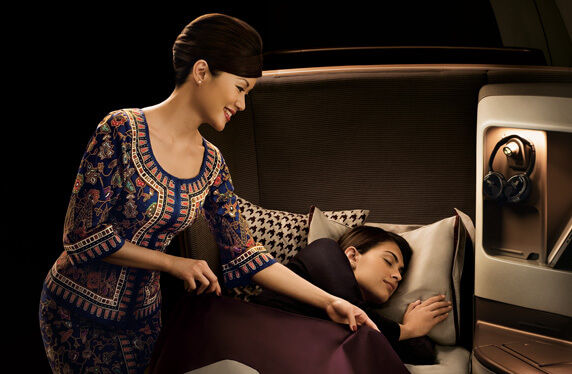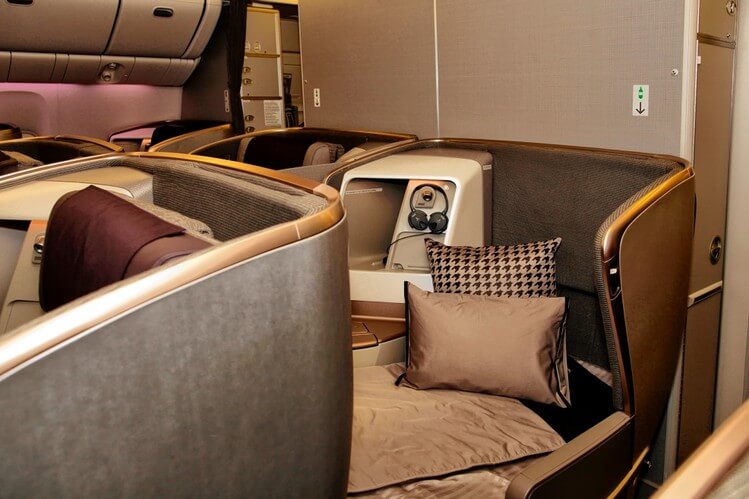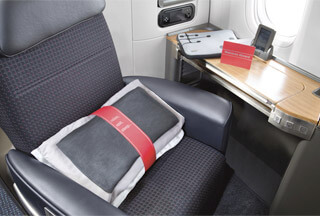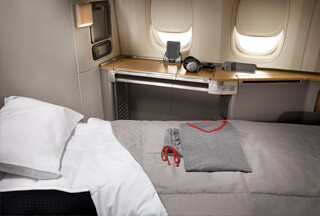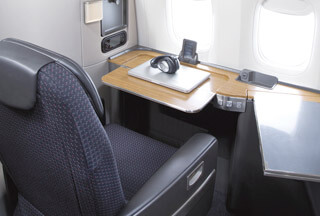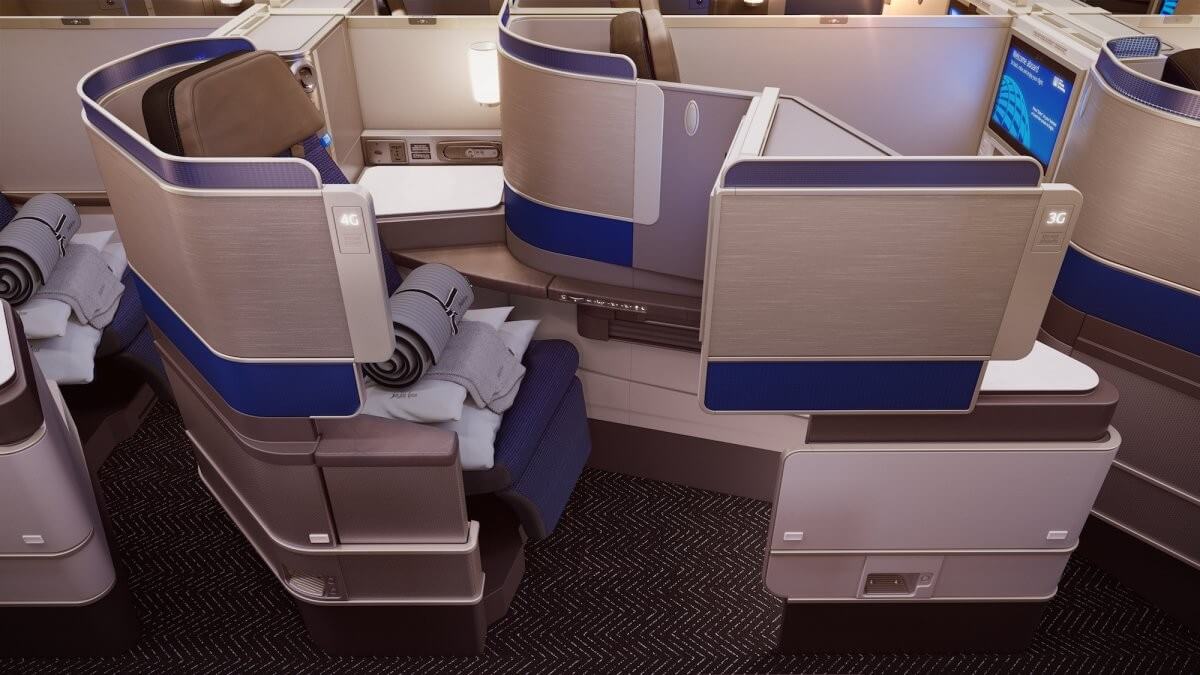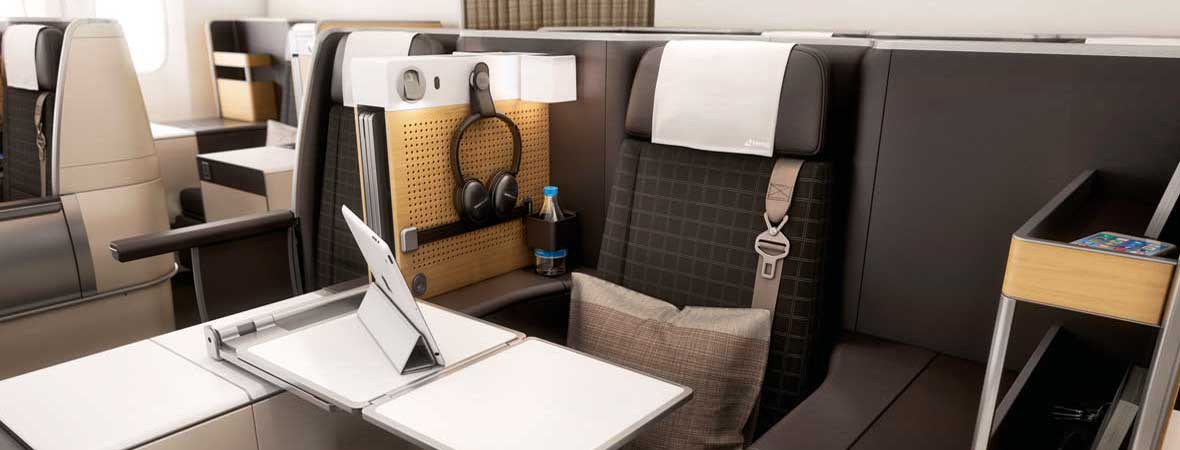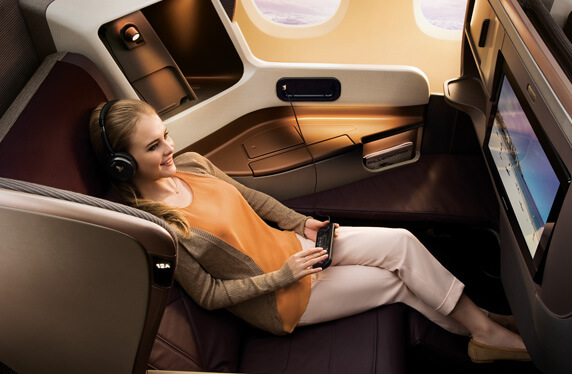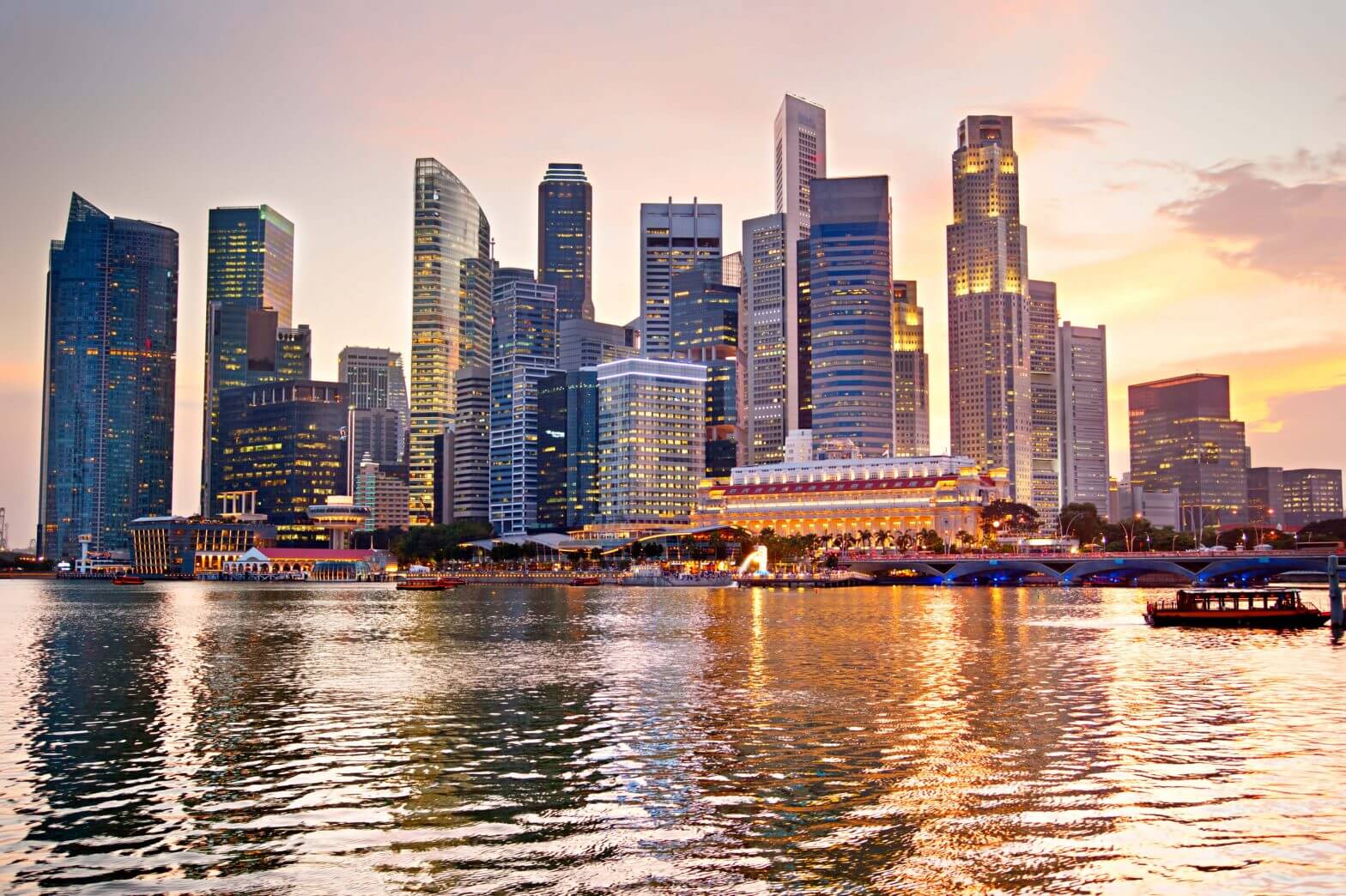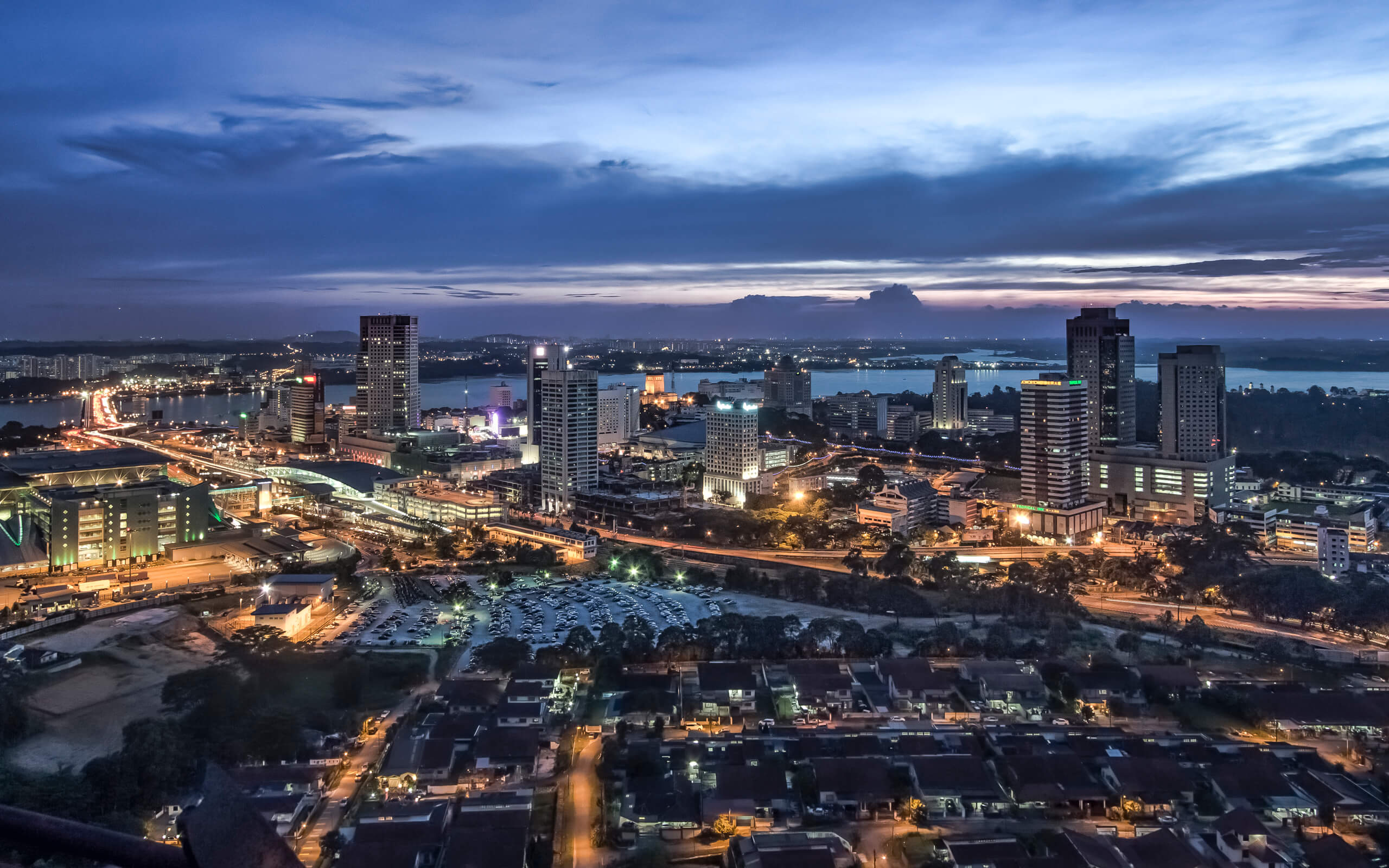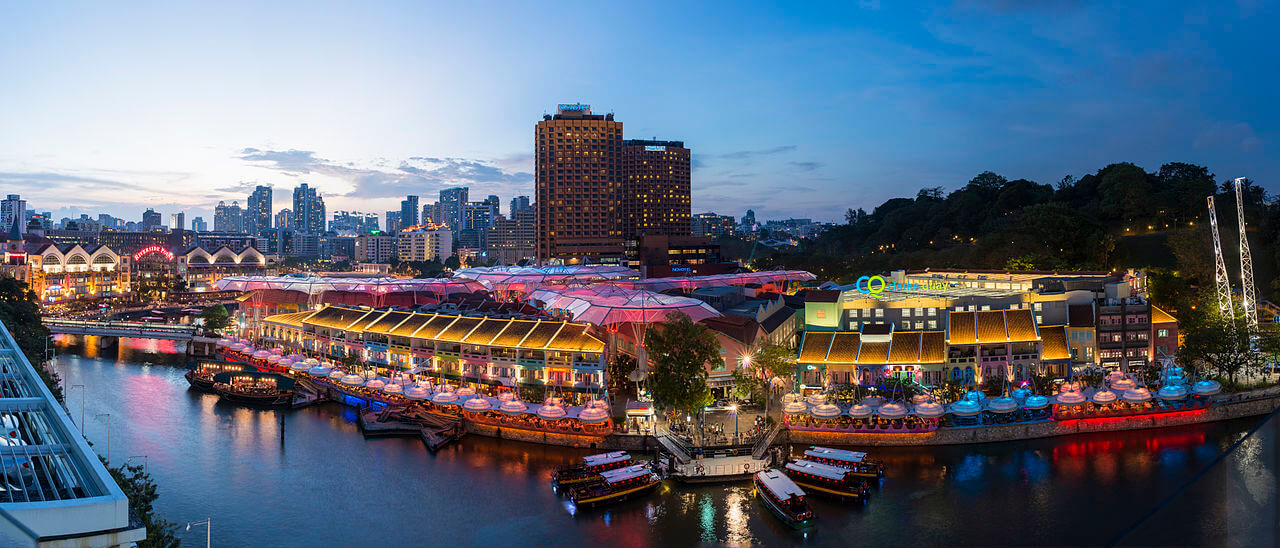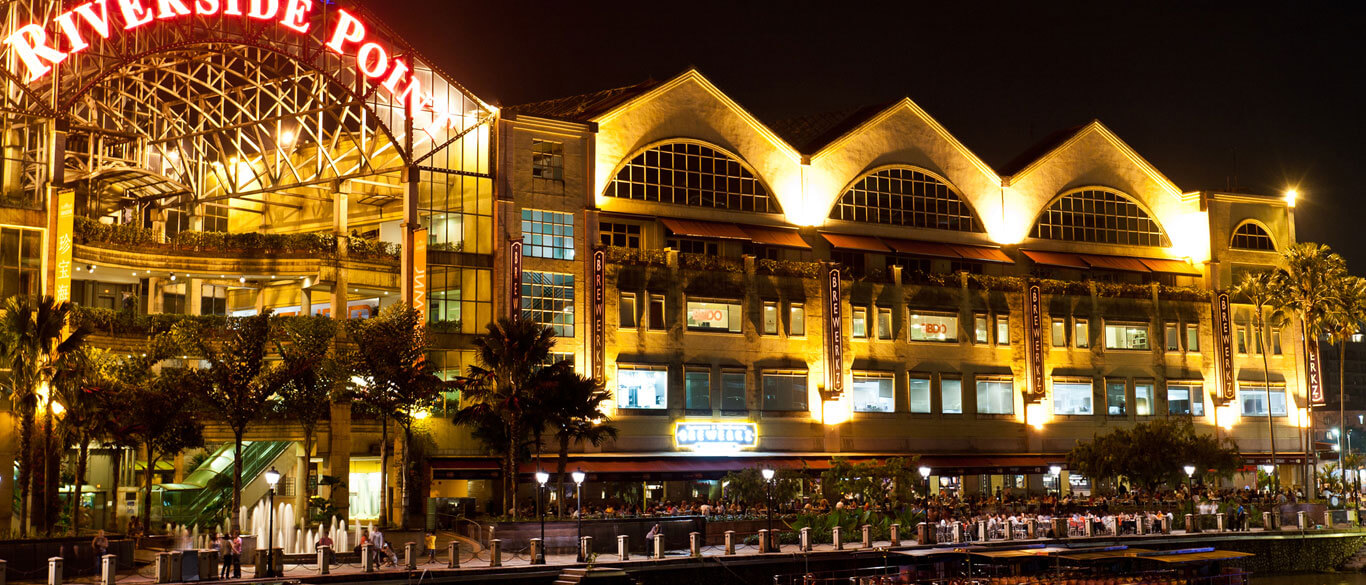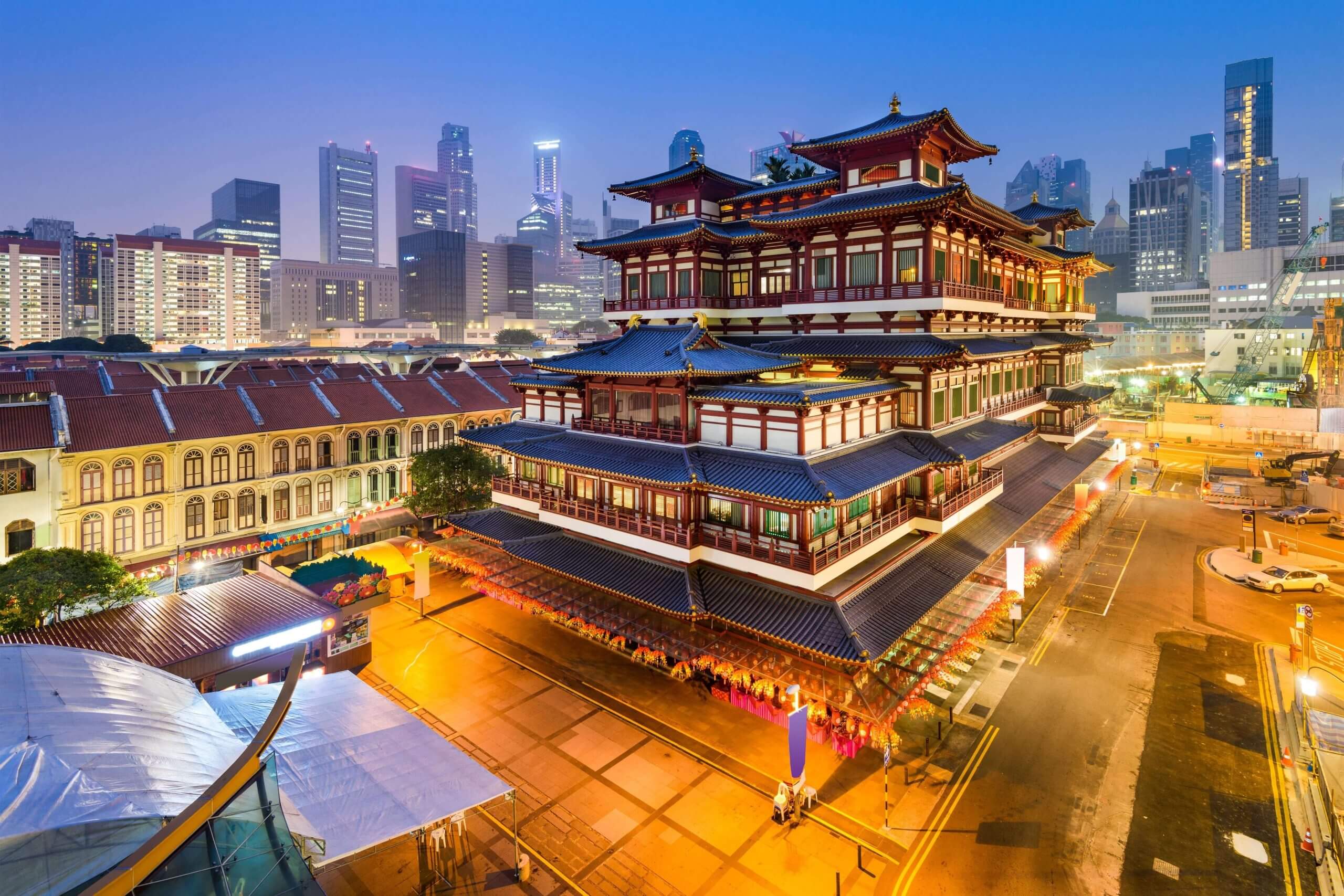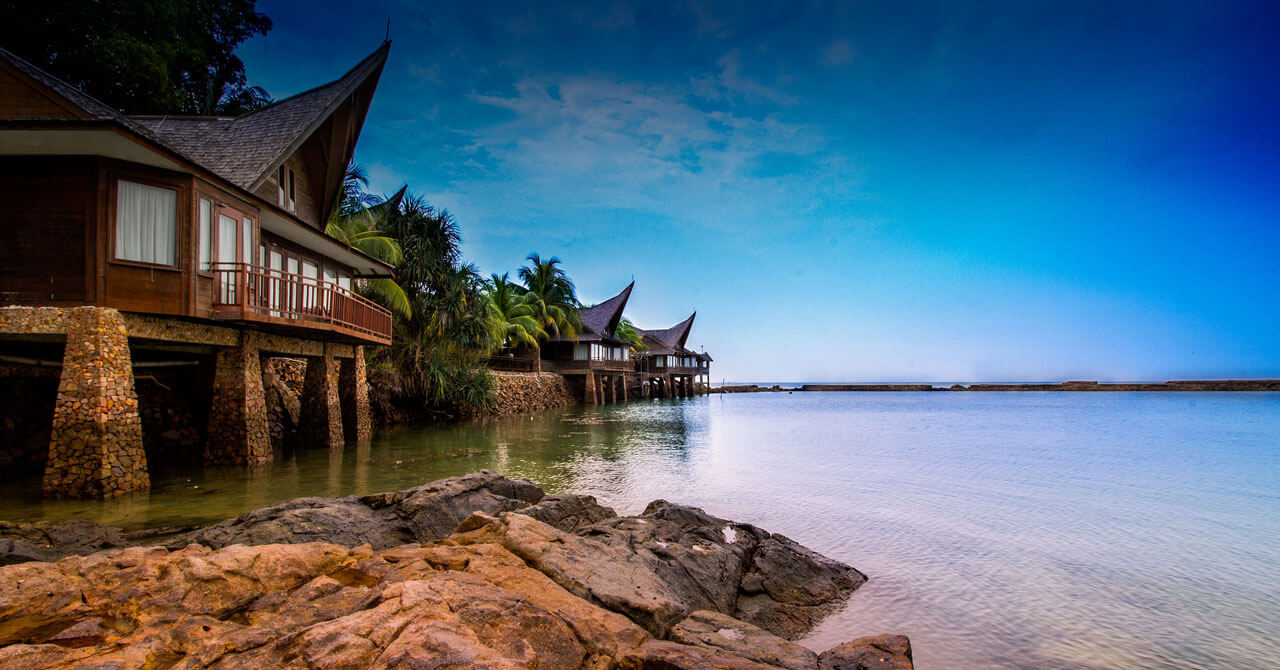Hipmunk is one of our favorite travel planning tools. We’re pleased to announce that it’s now even better: on its award winning web and mobile apps, you’ll find TripExpert-powered reviews for tens of thousands of hotels.
Hipmunk is the latest company using our Expert Review API, which provides data for reviews from 70+ travel guides, magazines and newspapers.
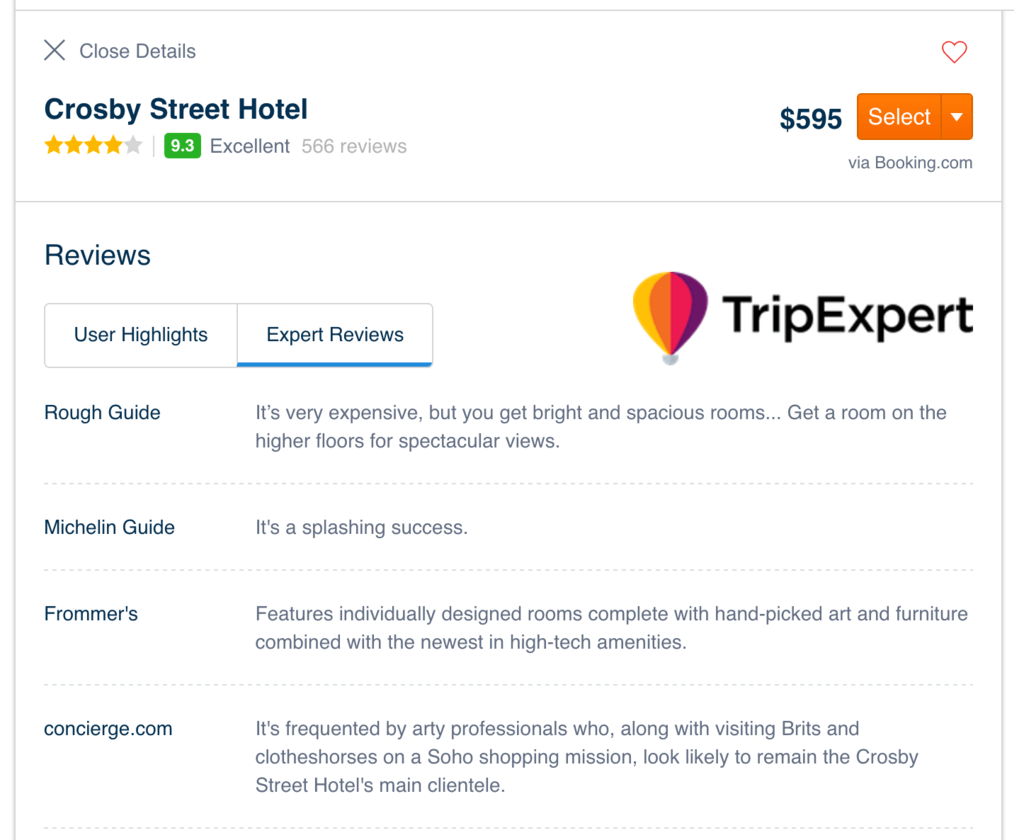
Clicking the TripExpert logo on Hipmunk hotel results will take you to full coverage.
“TripExpert gives us the fun facts and insider tips that let our users know what it will truly be like to stay at each hotel,” said Steve Vargas, Hipmunk’s Director of Product. “Since they’re written by industry experts, the reviews not only give really interesting details, but they also have a more objective quality than user reviews. This makes them super easy to digest and to trust. ”
To learn more about the partnership, see our press release or read coverage on the Hipmunk blog.

